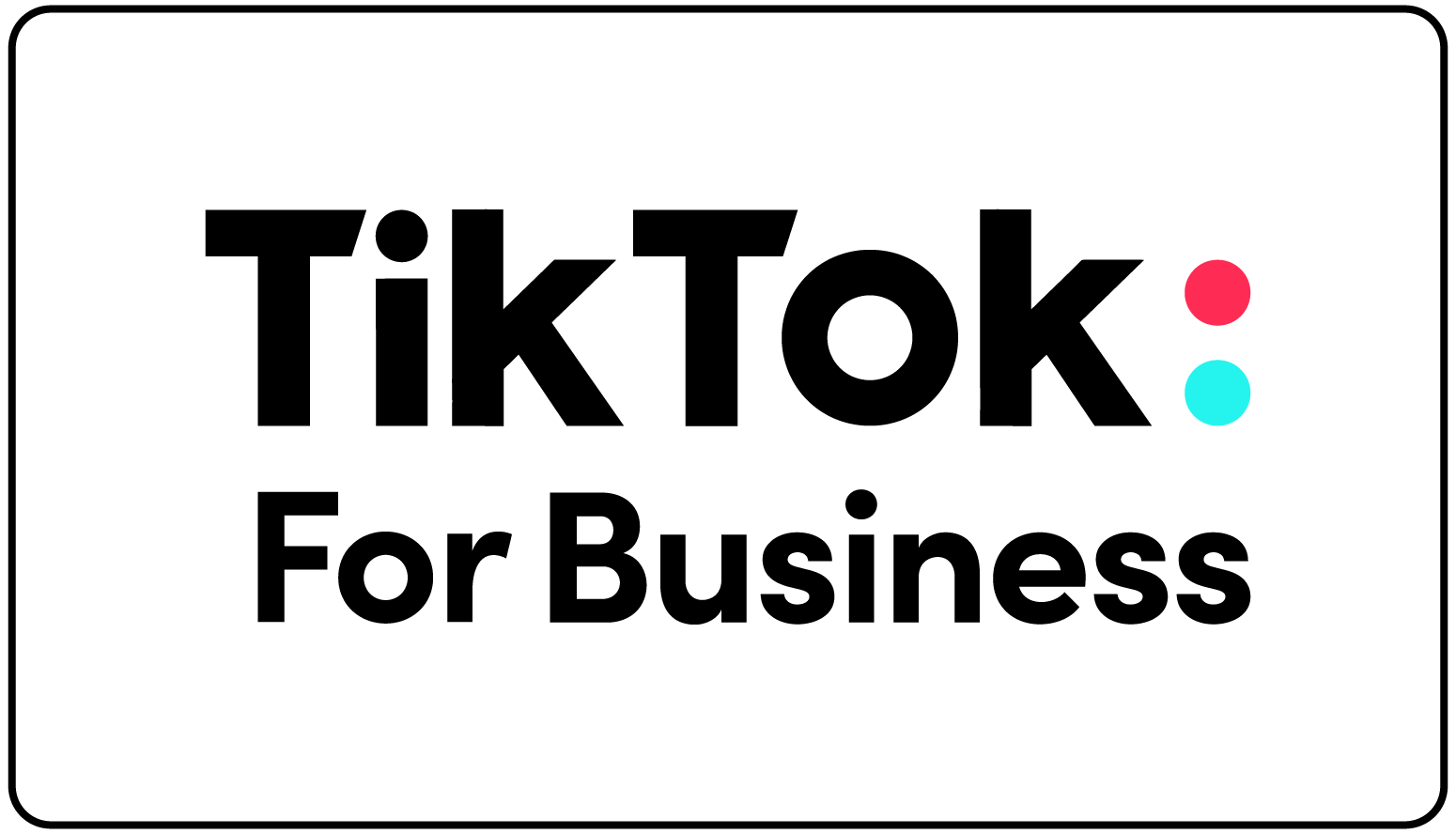by Alecia Wright
As an avid reader of blogs, I know what type of content I’m drawn to and likely to read. Blog reading stems from genuine interest in the topic — either personal or career oriented.
From a marketing perspective, getting readers to click on your blog post and actually read it is the ultimate conversion goal. I never used to consider the importance of this simple act until my digital marketing courses and blogging experience at Matchnode.
During my research into how to write a good blog, I kept hitting a common question: How do I get my blog on a custom domain? Almost anyone can start a blog on a third party blogging platform with zero technical skill. However, as soon as terms like “DNS” start getting tossed around, people quickly find themselves in the deep end.
I first came across the idea of custom domains a couple years ago when one of my favorite beauty bloggers switched from a generic platform specific URL to her own domain allisonanderson.com. What was behind the switch? Would her readers be able to find her?
There are many reasons to switch to a custom domain: better SEO, better branding, shorter titles are easier to remember, looks more professional, creates trust, etc. Of course her readers were able to find her: the old URL automatically redirects to her new one. So why do you still come across bloggers and sites that sit on generic URLs? In all likelihood, they got frustrated and gave up.
Having said that, here is our simple guide to setting up your custom URL on a variety of platforms including Wix, Squarespace, and others.
Custom Domain: www.allisonanderson.com
Third Party Domain via Blogger: makeupbytiffanyd.blogspot.com
How do I Create my Own Custom Domain?
-
Purchase a custom domain
The first step is incredibly easy. Just visit a site like GoDaddy or Blue Host and buy a domain name.
How Do I Create a Website Blog?
Sites make it easy to create a website step by step:
How they differentiate: free website builder, easy to customize, no coding
Types of sites: Creativity/design focus (personal websites, photography, salons)
How they differentiate: create a website, blog, eCommerce store and/or portfolio
on an intuitive platform
Types of sites: online stores, projects, individual or business blogs/websites
c. blogger (formerly BlogSpot)
How they differentiate: free blog-publishing service that allows multi-user blogs
with time-stamped entries. Can use AdSense for monetization
Types of sites: casual, fun blogs
d. WordPress
How they differentiate: most popular blogging platform, free, flexible
Types of sites: professional blogs, e-commerce stores
e. tumblr
How they differentiate: sharing visual content – pictures, videos, links
Types of sites: informal microblogging
f. medium.com
How they differentiate: founded by Twitter co-founders
Types of sites: social journalism – hybrid of professional journalism, contributor and reader content
WIX
SQUARE SPACE
How to Connect Platform with Your Domain
Set up your blog domain
-
Top-Level domain (www.example.com)
-
Subdomain (adding a website to an existing domain)
a. Wix
-
You can purchase a custom domain directly from Wix
-
Connect a domain purchased from GoDaddy or other sites (requires upgrade to Premium Wix plan)
-
Transfer a domain purchased elsewhere to Wix
b. SquareSpace
-
Purchase a domain directly from SquareSpace
-
Connect a domain to SquareSpace
-
Transfer a domain to SquareSpace (moving a domain between sites)
c. blogger
-
Purchase a domain from sites like GoDaddy or BlueHost
-
Set up your domain with your blog (if from GoDaddy, click here)
-
Integrate your domain with blogger:
d. WordPress
-
Register a unique domain through WordPress for $18/year
-
Connect a domain you already own to your new WordPress blog
-
Transfer a domain: same instructions as above bullet point
e. tumblr
-
Purchase a domain from elsewhere (i.e. GoDaddy)
-
Connect your custom domain to tumblr
f. Medium
-
Medium.com does not currently offer custom domains but is testing the idea in limited beta
In conclusion, while creating a custom domain appears to be a lot of work, it is actually quite a simple and valuable exercise in building your brand identity.




